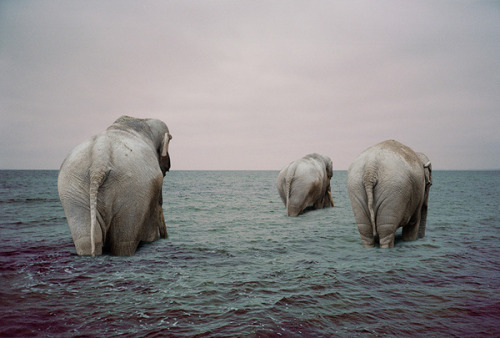Fighting climate change. Everyone has a part to play. In this infograph, I have outlined the causes of climate change starting from how fossils fuels are produced, to the uncontrolled use of fossil fuel by men to the effects of burning fossil fuel and global warming on the environment. Lastly are the 3 simple steps one can take to reduce carbon emission to fight global warming.
Articles:
http://en.wikipedia.org/wiki/Global_warming
http://www.nrdc.org/globalwarming/gsteps.asp
The design priciple here used is largely consistency, in terms of fonts and proportion of every aspects of the infograph like the part depicting the droughts and the melting glaciers. The way the information is arranged has a circular pattern.
It starts with the middle left portion of the fossil fuel section, where the line flows in from outside of the paper, drawing attention to intersections. Subsequently, one will follow the respective infographs along the globe and finally reaching the solutions part.
To give the infograph an environmentally friendly 'look' I made use of green for the background as it is representative of going green. On top of that, the other colors used are lagely earth-tone and dull so that the gravity of the situation could be understood. Moreover, readers of such magazines like national geographic and newsweek are audiences who have a certain educational standard, thus the overall professional look ought to be achieved.
















